We produce A-grade coconut timber, colored dark brown and reddish with solid grain. We process it from our island, North Sulawesi, as a source of coconut that delivers excellent coconut wood that has been around 80 years of age and utilizes
the external piece of coconut only. The coconut trees no longer bear fruit, harvested, dried, and processed, making them suitable for furniture, internal flooring, internal boards, joists, pillar projects, and building log houses. Our main goal is to contribute to the conservation of rainforests for future generations.
The coconut palm has become most well known particularly lately, because of its strength, warm, delicate appearance, and furthermore, it is solid perseverance under the continually evolving environment. We use trees that can never again prove to be fruitful.
Wrinkles and cracks form on the surface of coconut wood that is not dried properly or in response to variations in relative humidity; therefore, kiln drying must be carried out to bring its moisture content to the most appropriate level to balance with the location where it is to be used.
The interest of coconut timber in the construction business is through the building and other structures of coconut timber. The coconut wood home-building business has rapidly grown in the last few decades in Asia and the Pacific which is driven by the increasing interest in coconut timber. The development of the tourism industry and the economic growth of the Pacific Rim are looking to add to the popularity of coconut timber and related coconut timber products. Europe and North American countries have shown a high interest in coconut timber for furniture, flooring, or boards due to its natural exotic beauty, attractive appearance, and durable straightness.
The interest of coconut timber in the construction business is through the building and other structures of coconut timber. The coconut wood home-building business has rapidly grown in the last few decades in Asia and the Pacific which is driven by the increasing interest in coconut timber. The development of the tourism industry and the economic growth of the Pacific Rim are looking to add to the popularity of coconut timber and related coconut timber products. Europe and North American countries have shown a high interest in coconut timber for furniture, flooring, or boards due to its natural exotic beauty, attractive appearance, and durable straightness.
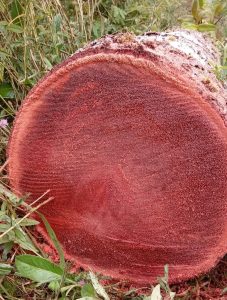
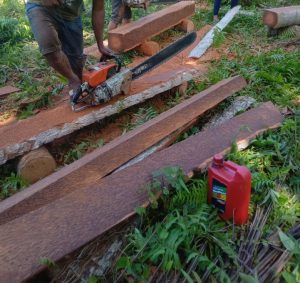
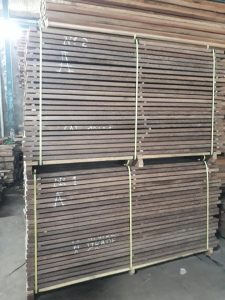
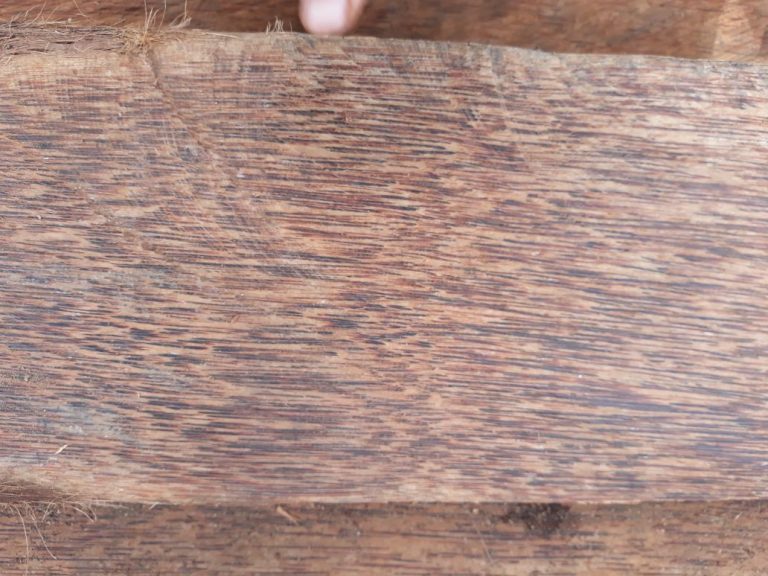
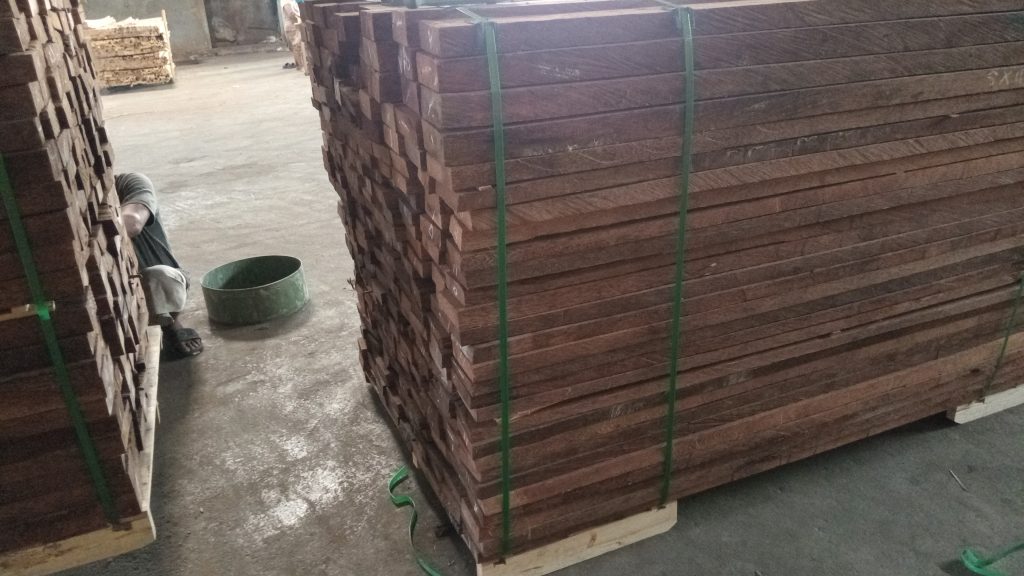
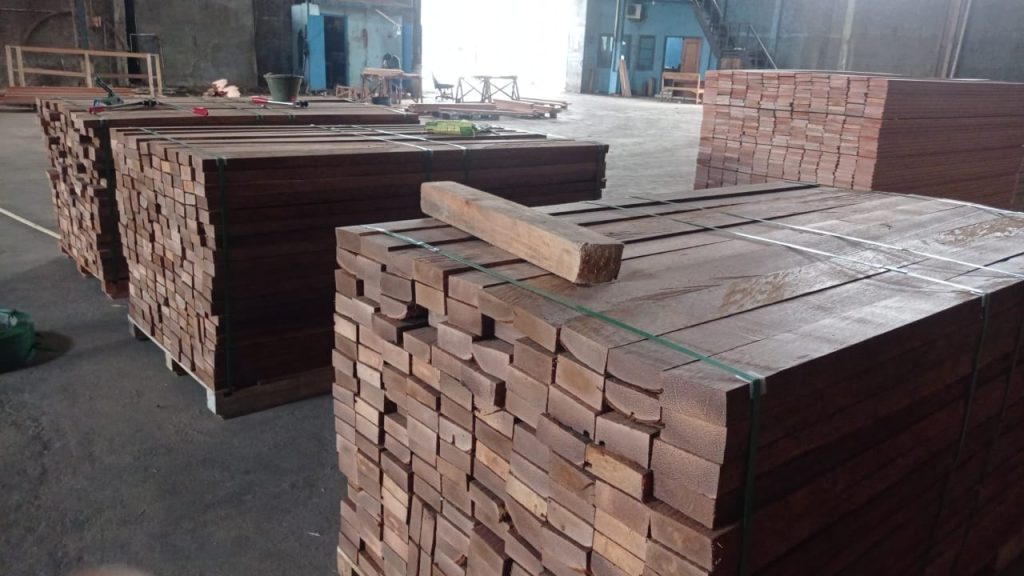
The small diameter of the coconut trunk limits the size of the sawn timber. Therefore, the thickness and width of the boards usually used are 30-40 mm and 100-120 mm. For structures that require larger timber, wood laminates glued to the desired dimensions can overcome this problem.
Coconut wood produced by Minahasa is wood that has high density, beautiful fiber.
While coconut wood has 2 colors that have high fiber density:
dark brown and there is also reddish
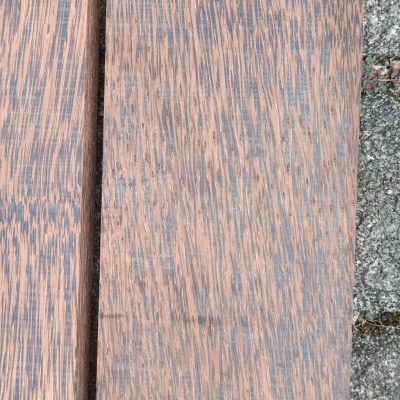
S4S, E2E, Boards
Dimension of High Density: 30/40mm x 100/120mm x 2000/4000mm
How to Process Method of Coconut Timber

1. Harvest Coconut
Cutting coconut down is a specialized task of the operator that requires the expertise of trained professionals.

2. Sawmill
The quality of coconut wood is only shaved on the outer side, which has good hardness, while the middle is softwood.

3. Kilndried
After being split, the wood must be dried immediately with a humidity level of around 12-15 percent.

4. Manufacture
Wood production process using machines according to buyer's orders, like Timber S4S, floors, house parts

5. Quality Control
Before shipping to the buyer, QnC will check the quality of the production results according to standard operations.

6. Exportation
The arrangement and completion of export documents are according to Indonesian customs standards such as Vlegal, certification of origin, etc.